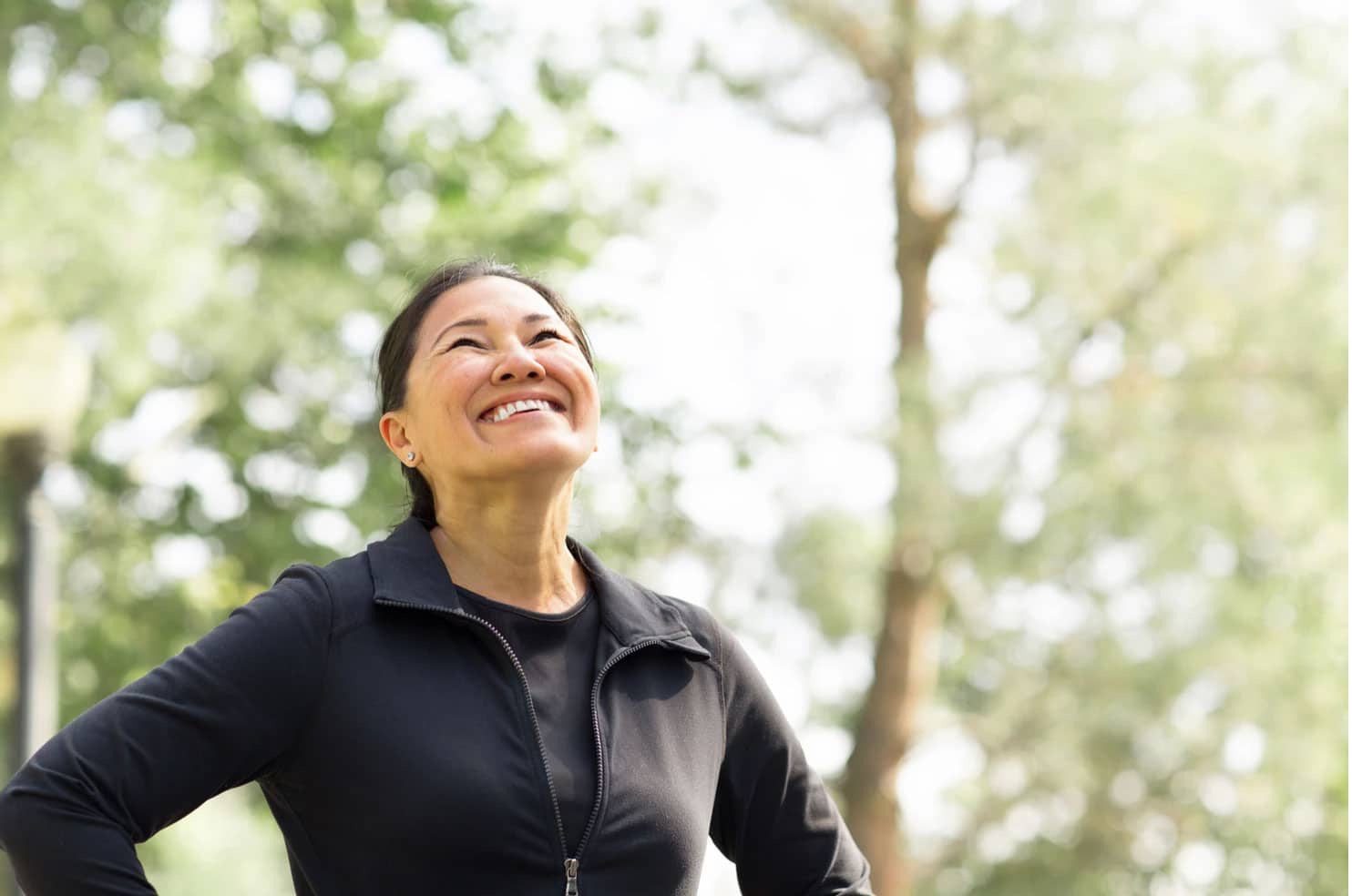
Breathing Mechanics and Physiology: Why Better Breathing Means Better Health
We breathe over 20,000 times a day, yet most of us don’t think twice about it. But if you struggle with chronic pain, fatigue, stress,
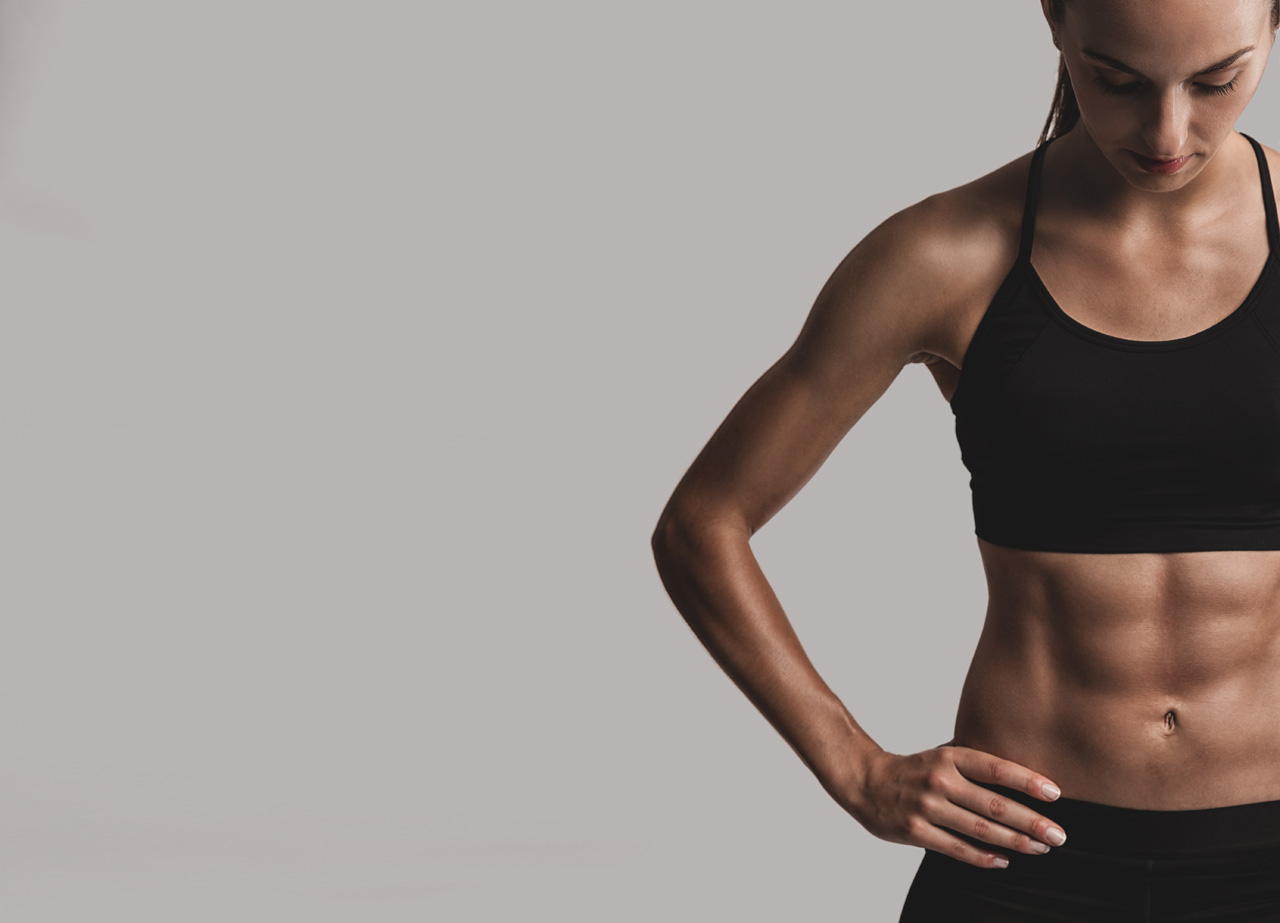
Core stability and core strength are terms we hear commonly in 2019. You yourself may have a good idea that having a stronger “core” will keep the strong, healthy and injury-free. If you have ever been injured, it will be a key component to you moving and feeling better so you can do all the things you love to do!
In the clinic some common things we hear from clients:
The list goes on…
From a physiotherapy perspective some of these can be a bit frustrating.
Mainly because:
You do have a core – if you didn’t you would be struggling to move!
Sit-ups are NOT the best exercises to strengthen your core!
Your “core” can be divided into your inner unit or deep muscular system and your outer unit or superficial muscle system
Your inner unit is made up of your:
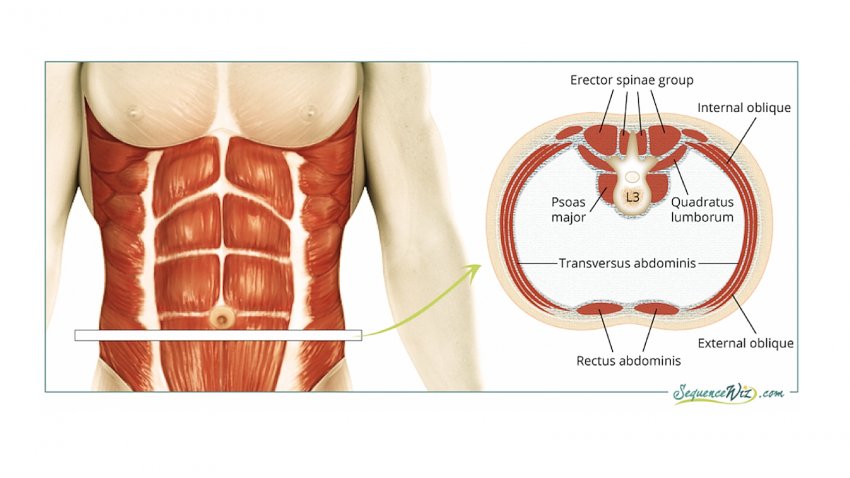
Your “outer unit”, the global, “bigger” core muscles include:
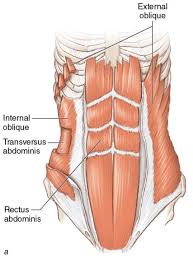
When it comes to strengthening your core muscles at the gym, most people think of sit-ups, planks, side-planks and various other exercises that are abdominally focused. As I outlined above your core muscles extend beyond your abs, to include your glutes, back muscles, diaphragm and pelvic floor.
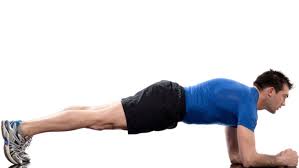
Injuries in the gym are very common and they can happen for a number of reasons.
Key factors contributing to the development of injuries include:
Common Gym Injuries include:
Of course there are other injuries impacting other areas of your body that can happen in the gym under the “right conditions”.
In our clinical practice we often find that the R-L body asymmetries and loss of mobility and/or strength result from altered trunk control. This can be seen as a lack of mobility in the thorax (trunk) – what we assess as muscular compression, often leads to changes in how you recruit and use your abdominal and back muscles.
Check out our next Blog from Raj talking more about this….
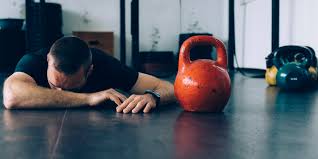
#injuryprevention #injury #strengthening #stretching

We breathe over 20,000 times a day, yet most of us don’t think twice about it. But if you struggle with chronic pain, fatigue, stress,
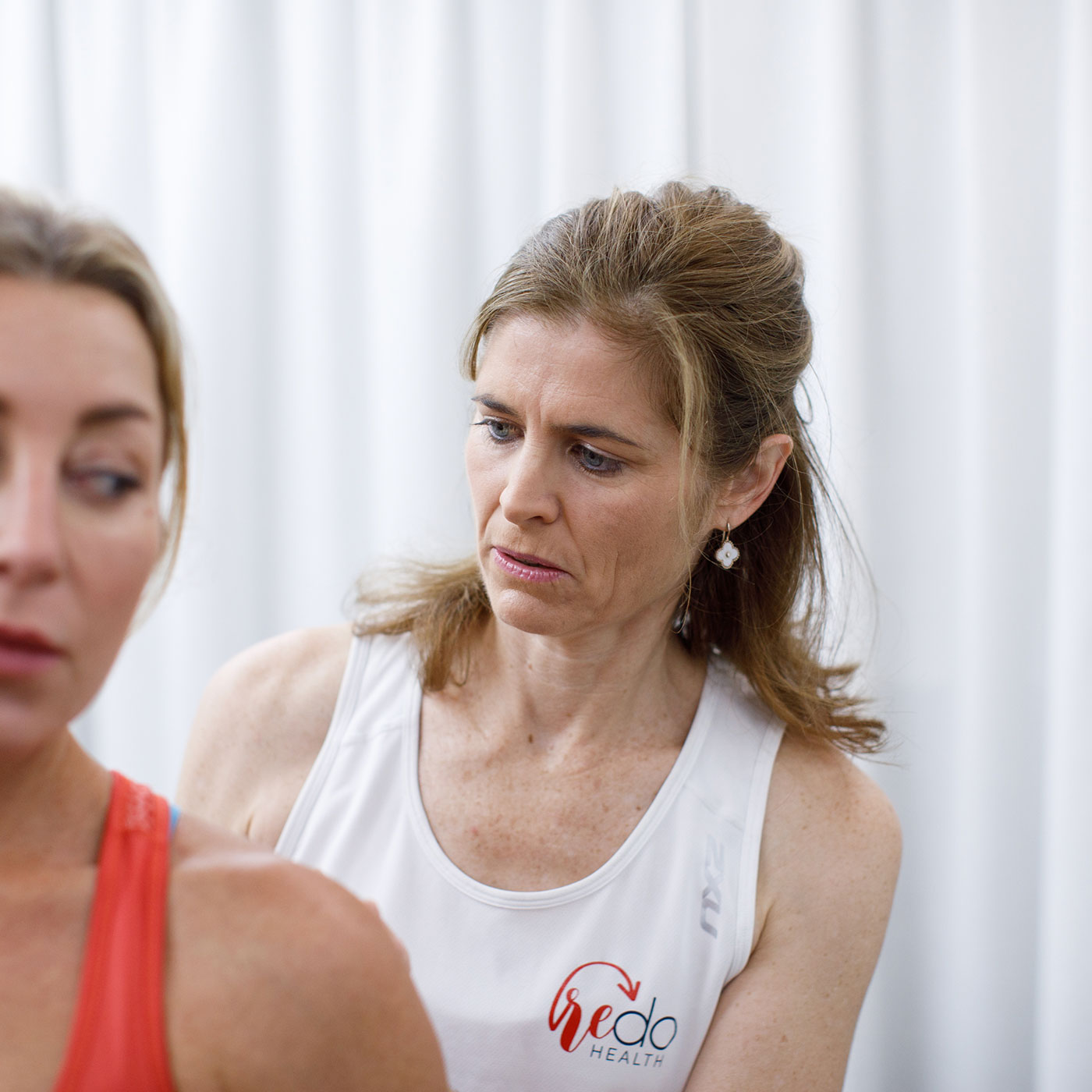
From Melinda… For people who come to my classes and clients who have been seeing me for a while, may have heard some of the

Meet Susan Susan recently suffered a fall attempting to lift a 2.5kg bag of soil overhead in her garden shed when she felt her leg
Sign Up Below To Get Your Free RedoHealth Guide Now

By registering, you agree to receive SMS and email communications from RedoHealth. No spam guaranteed. Unsubscribe at anytime.